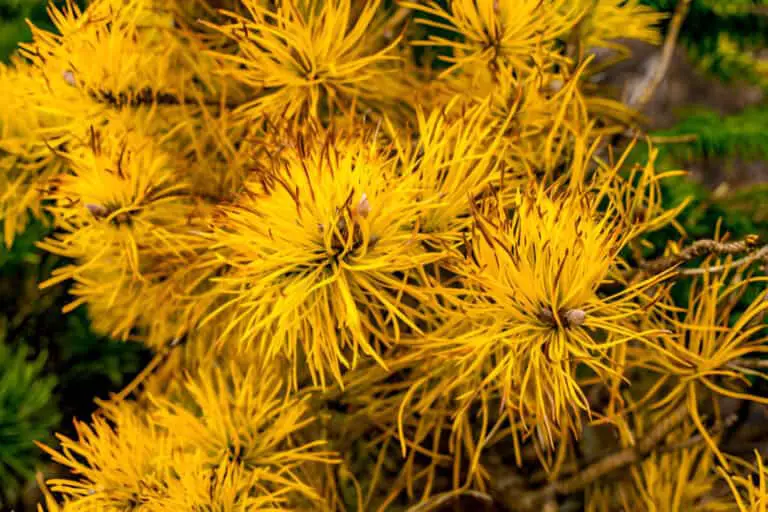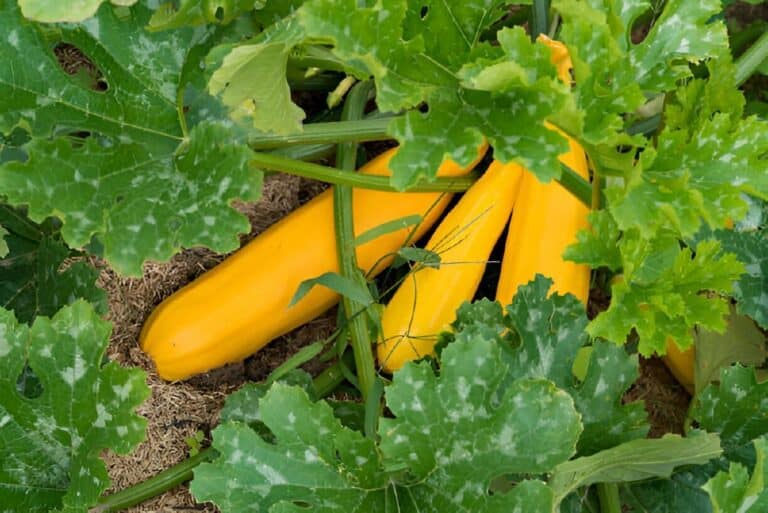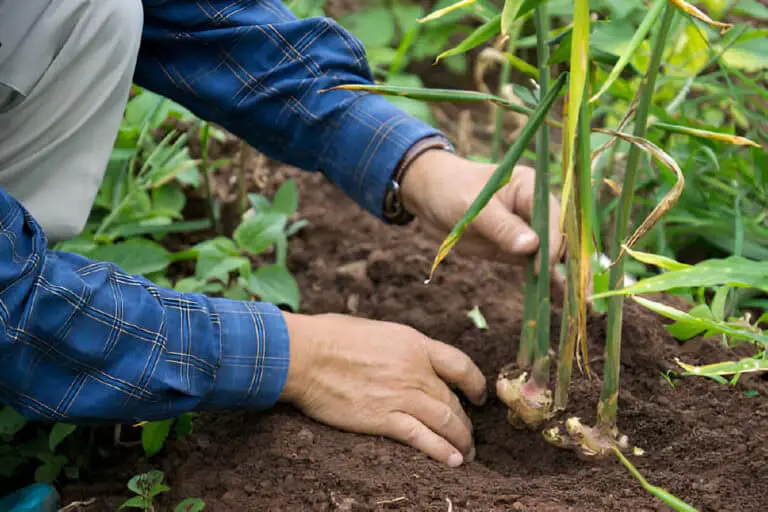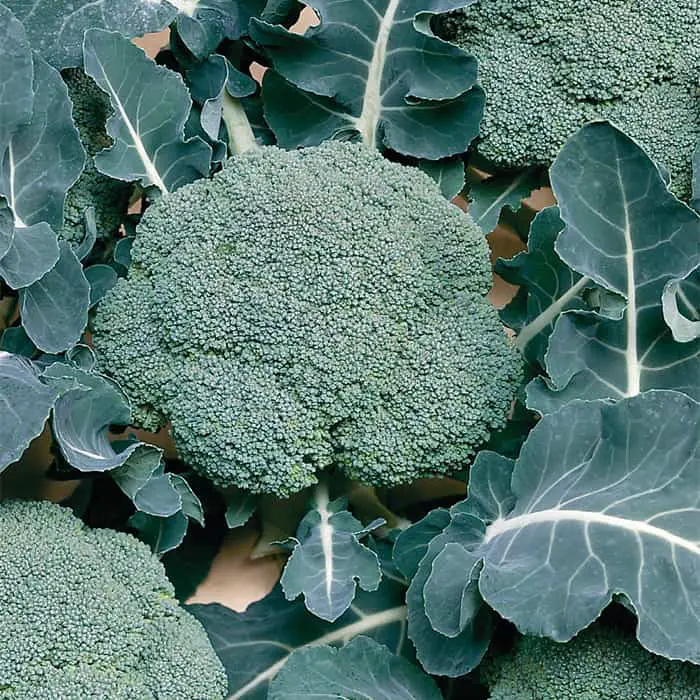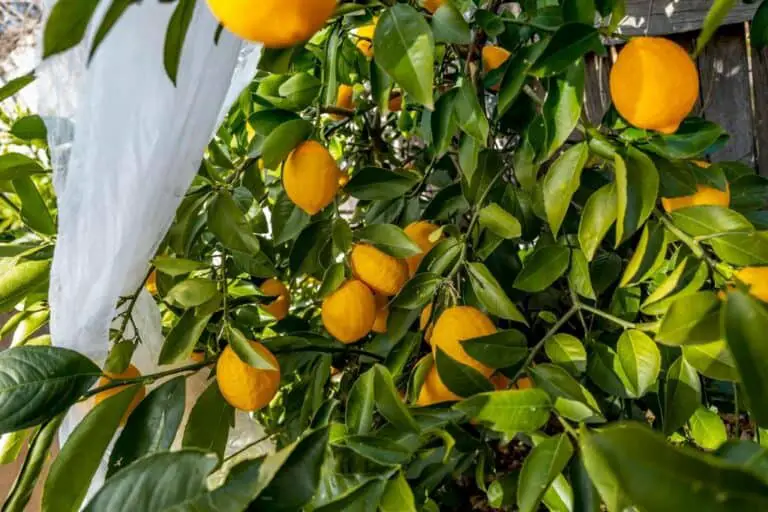Reviving Your Maple Tree: A Step-by-Step Guide to Bring It Back to Life
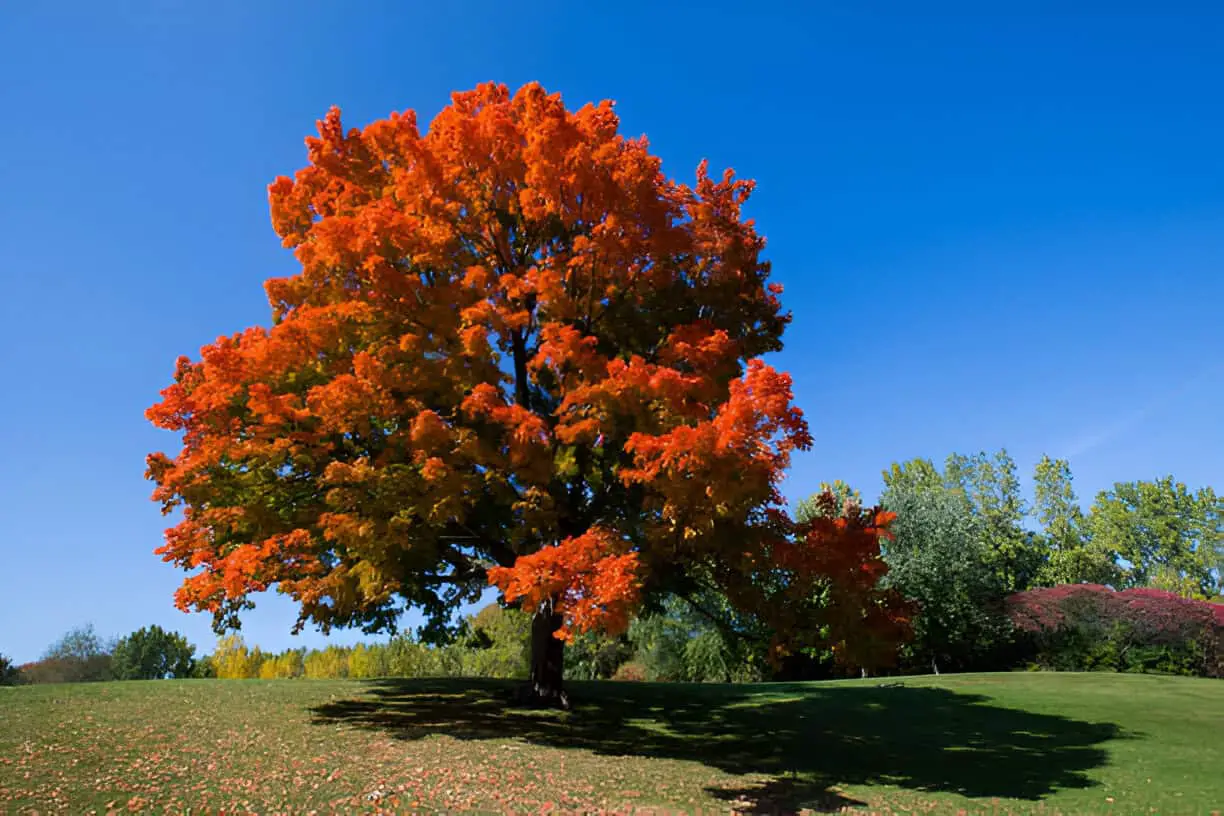
When your maple tree starts showing signs of distress, it can feel like you’re watching a beloved friend fall ill. I’ve been there myself—staring at a tree that once stood tall and vibrant, now looking like it’s barely hanging on. But don’t worry; reviving a struggling maple tree is entirely possible. Let’s roll up our sleeves and dive into the steps to restore your tree to its former glory.
When My Maple Lost Its Spark
I’ll never forget the day my maple tree looked me dead in the eye — well, in the bark — and begged for help. Its leaves drooped like soggy paper, branches seemed more brittle than an old wishbone, and every gust of wind sprinkled down more dead leaves than I cared to rake. That tree had been my shade in the sweltering summer and my fireworks display of gold and crimson every fall. Watching it fade felt like watching a dear friend wither.
So, I grabbed my gardening gloves, rolled up my sleeves, and decided I’d do everything short of a rain dance to nurse my maple tree back to its glory days. If your beloved maple is waving a white flag too, don’t toss in the trowel yet. I’m here to share exactly what worked for me—step by step, root to crown.
First Things First: Diagnose Before You Dig
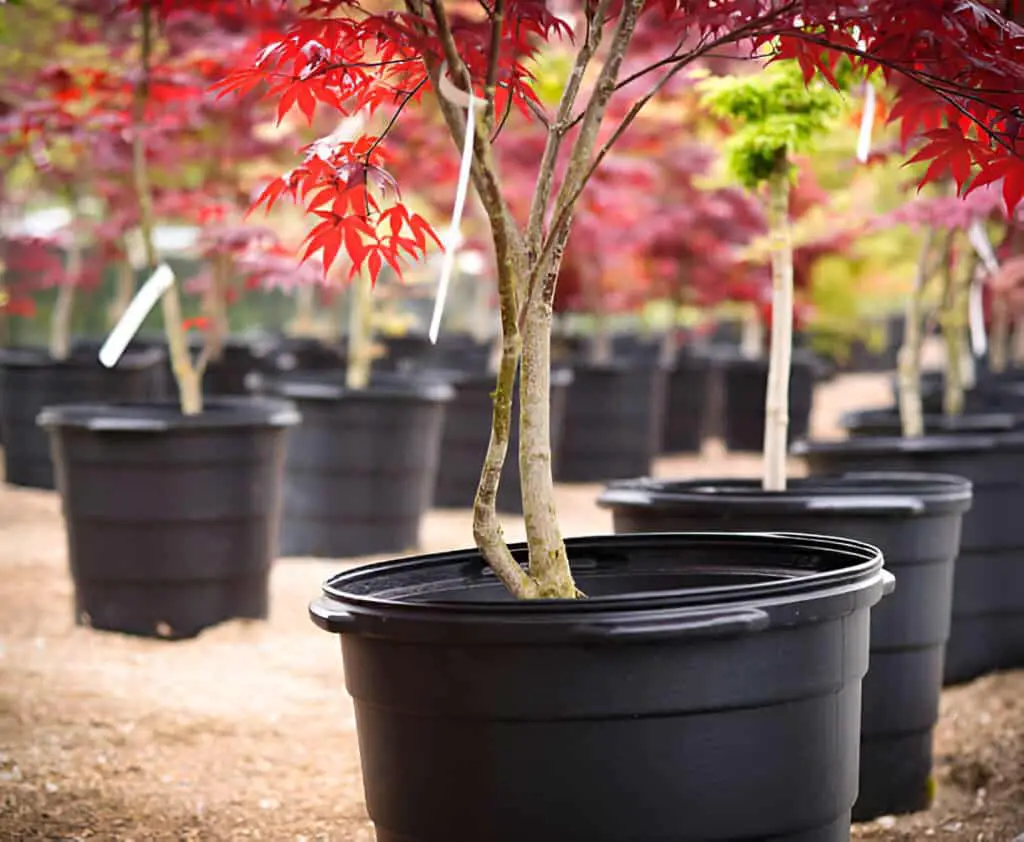
You wouldn’t fix a car without popping the hood, right? Same goes for your maple. Before hauling out the pruning shears or drowning the soil with fertilizer, figure out why your tree’s on life support.
Common Maple Tree Red Flags:
- Wilting or scorched leaves
- Bare branches in growing season
- Fungal spots or mildew
- Pests crawling under bark
- Mushrooms near the trunk (bad sign!)
- Roots lifting out of the ground
I started with a close inspection. I circled the tree like a detective at a crime scene, jotting down anything suspicious.
| Symptom | Possible Culprit |
| Brown, crispy leaves | Drought stress, sun scorch |
| Yellow leaves, early drop | Overwatering, root rot |
| Fungal growth on trunk | Poor drainage, dead wood |
| Insect holes in leaves | Aphids, borers, or beetles |
| Exposed roots | Erosion, soil compaction |
Once you spot the clue, you can pick the right remedy.
Get Your Soil in Check
I found out the hard way that healthy trees start with healthy soil. My soil looked like it belonged on Mars — dry, cracked, and compacted tighter than a jar lid. So, I gave it some TLC.
- Test the Soil
I grabbed a simple soil test kit from the local garden center. It checked pH, moisture levels, and nutrients. Maples thrive in slightly acidic soil (pH 6.0–7.0). - Aerate the Roots
I gently loosened the topsoil around the roots with a garden fork. No stabbing, just a gentle fluff to let air and water seep down. - Fix Drainage Issues
If puddles hang around your tree like uninvited guests, your maple might drown. I added organic matter — compost and mulch — to break up clay-heavy soil.
Water, but Don’t Drown
I used to think more water meant more life. Turns out, too much love can kill. Overwatering suffocates roots, inviting rot and fungus to the party.
My Watering Rule of Thumb:
- One deep soak every 7–10 days during dry spells
- Water early morning or dusk to reduce evaporation
- Keep water off the trunk — aim for the root zone instead
Stick your finger two inches into the soil. If it’s damp, skip the watering can that day.
Prune Back the Dead Weight
Next came pruning — the haircut my maple desperately needed. Dead or diseased branches hog nutrients. I grabbed sharp, clean pruning shears and:
- Removed dead wood back to healthy tissue
- Cut at a 45-degree angle, just above a bud
- Avoided major pruning in mid-summer or fall (spring is best)
If a branch looked sketchy but not dead, I left it alone. Better safe than sorry — over-pruning can stress your maple more.
Feed It Right
Fertilization is another crucial factor in reviving a struggling maple tree. Maples need a balanced fertilizer to promote healthy growth. Use a slow-release, all-purpose fertilizer and follow the recommended application rates. Be careful not to over-fertilize, as this can lead to more problems. A soil test can help determine any nutrient deficiencies that need addressing.
Trees need fuel. But I learned the hard way — dump the wrong fertilizer and you’ll do more harm than good. For maples, a slow-release, balanced fertilizer (like 10-10-10) works wonders.
I sprinkled fertilizer around the drip line (the circle where rain drips off the canopy) — not up against the trunk. Then I watered it in gently. If you use too much, you risk burning those precious roots.
Keep the Bugs at Bay
Pests are the party crashers nobody invites. Aphids and borers love stressed maples. I checked under leaves and along the bark for holes, sticky residue, or tiny bugs.
If I spotted critters:
- A gentle blast of water knocked aphids off.
- Horticultural oil or neem oil handled stubborn pests.
- For serious infestations, I called in a pro arborist.
Mulch: A Maple’s Cozy Blanket
A 2–4 inch layer of mulch helps lock in moisture, regulate soil temperature, and smother weeds. But I learned not to make a “mulch volcano.” Piling mulch up the trunk causes rot. I spread it in a donut shape, leaving a gap around the bark.
Diseases and Surroundings
Next, take a close look at the tree’s foliage. If you see spots or holes, you might be dealing with pests or diseases. Aphids, scale insects, and fungal infections can all wreak havoc on maple trees. Inspect the leaves and branches carefully. If you spot any pests, consider using insecticidal soap or neem oil. For fungal issues, a fungicide might be necessary. Regular pruning to remove affected parts can also help.
Lastly, consider the tree’s overall environment. Make sure it gets enough sunlight—maples generally prefer full sun to partial shade. Protect the tree from harsh conditions like strong winds and extreme temperatures. Mulching around the base can help retain moisture and regulate soil temperature. Just be sure not to pile mulch against the trunk, as this can cause rot.
Give It Time (And Love)
Reviving a maple isn’t an overnight miracle. Some seasons, I doubted my efforts when leaves stayed sparse or branches looked sad. But then spring rolled in, and tiny buds appeared like confetti — proof that patience pays off.
Check out: Crimson King Norway Maple (Acer Platanoides) Plant Care
Common Mistakes to Dodge
Here’s my quick-hit list of “Don’ts” I wish someone had drilled into my brain sooner:
| Don’t | Why It’s Bad |
| Overwater | Suffocates roots, causes rot |
| Prune in late fall | Weakens tree before winter dormancy |
| Pile mulch on trunk | Encourages rot and pests |
| Fertilize stressed tree | Can burn roots and worsen the problem |
| Ignore soil issues | The root cause (literally) of most problems |
The Sweet Reward
Bringing my maple back from the brink gave me more than just shade and pretty fall color — it reminded me that sometimes, a little consistent care goes a long way. Every time I stand under its leafy branches now, I feel like I earned that shade.
If your maple’s leaves droop or your branches look bare, don’t panic. Arm yourself with patience, a few good tools, and the know-how you just read, and you’ll give your tree the fighting chance it deserves.
Final Thoughts: Your Maple’s Comeback Story
So, next time you sip your coffee under your maple’s broad canopy, remember — it’s not just a tree. It’s a testament to your care, grit, and green thumb. I brought my maple back to life, and you can too. Grab your gloves, trust the process, and keep an eye on those buds. There’s nothing quite like reviving a tree that gives so much beauty in return.
Bringing a maple tree back to life requires patience and attention to detail. By following these steps, you can help your tree recover and thrive. Remember, a little care goes a long way. So, roll up your sleeves and give your maple the attention it deserves. Soon, you’ll be rewarded with lush, vibrant leaves and a tree that stands tall once again.
Taking these steps not only helps in revitalizing your maple tree but also deepens your connection with nature. You’ll feel a sense of accomplishment watching your once-struggling tree bounce back to health. Plus, a thriving maple tree adds beauty and value to your garden, enhancing the overall ambiance of your outdoor space.
Happy growing, my fellow tree whisperer — may your maple stand tall for many seasons to come.

